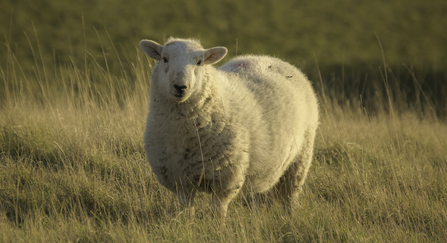What is it?
Anthelmintics have been used for decades to reduce the challenge of parasites in livestock. However, extensive use of wormers over the years has developed resistance in the parasites and spread chemicals into the environment causing harm to species in the soil and water. Reduction of wormers can be achieved by using targeted treatments only on animals that need it, monitoring parasite levels through faecal egg counts and developing a rotational and mixed grazing plan to limit exposure of vulnerable animals to larvae. Introducing certain bioactive crops such as chicory, birds foot trefoil and sainfoin have been shown to decrease the negative effects of parasitism.
Benefits to farmers:
- Reducing use of wormers means less cost and time involved in the worming procedure.
- Following a grazing management plan that limits exposure can also improve health and quality of the animals.
Benefits to wildlife:
- Less chemicals entering the environment as they pass from animals or get spilt during administering. This means soil health and water quality will improve.
- Implementing a rotational grazing plan get be beneficial for soil health and for other species living in grasslands as areas will be left undisturbed for longer.
- Introducing bioactive crops for grazing helps to increase diversity of grasslands providing more food for pollinators.
Points to consider:
- Monitoring is a crucial part of reducing wormer usage and can take time and money if using a lab to determine faecal egg counts.
Useful resources:

Rachel Bigsby
